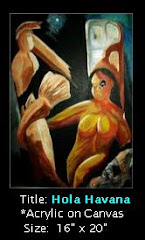There are actually two distinct series with this title, the TV series which aired live on ABC Television from 1951 to 1953, and the radio series, which ran on the ABC radio network in 1953.
Both were anthology series, and both are remembered for their literate scripts.
Science fiction, once pretty much limited to Buck Rogers and Flash Gordon juvenile serials, had started to grow up in the late 1940s.
New authors like Robert Heinlein, Issac Asimov, Fritz Leiber, Murray Leinster, an Poul Anderson - writing for anthology magazines like Galaxy and Astounding - were elevating the genre beyond the hackneyed `Space Opera' format.
Once pretty much a genre enjoyed by youngsters, Sci-Fi suddenly gained respectability, and became a staple of Hollywood producers. The Day The Earth Stood Still, Destination Moon, and This Island Earth were all fairly big budget films of the early 1950s.
Radio produced several quality `adult' science-fiction anthology series, including NBC's Dimension-X and Mutual's 2000 Plus. One, relatively short-lived radio show was Tales of Tomorrow.
(Note some of the audio on these episodes is a little `thin'. )
Jan 15, 1953 Thu 3 "Betelgeuse Bridge"
author: William Tenn
from: Galaxy, 1951-02
script: Don Witty
Mar 12, 1953 Thu 11 "Martians Never Die"
author: Lucius Daniel
from: Galaxy, 1952-04
script: Don Witty
Mar 19, 1953 Thu 12 "The Girls From Earth"
author: Frank M. Robinson
from: Galaxy, 1952-01
Mar 26, 1953 Thu 13 "The Old Die Rich"
author: H.L. Gold
from: Galaxy, 1953-03
script: Michael Sklar
Last month I posted one of the early Tales of Tomorrow TV shows, with a very young Paul Newman in a supporting role. Other stars who would appear in this anthology series included Boris Karloff, Thomas Mitchell, Rod Steiger, Brian Keith, Leslie Nielsen, Joan Blondell, John Newland, and Franchot Tone.
This was live television, always performed on stage, with a very limited budget. There were no special effects to speak of, and compared to science fiction of today, certainly not as action packed.
But many of these scripts were literate, and many of the performances were excellent.
The most famous episode was Lon Chaney Jr.'s portrayal of the monster in Frankenstein (included below). Over the years, the retelling of the story has embellished it a bit, but it is an example of how things didn't always go as planned during a live broadcast.
The legend is that Chaney, under the influence of alcohol, thought that they were doing a dress rehearsal, and not a live broadcast. During his `rampage scene' in the first half of the show, instead of busting up props, he picked them up and then set them down carefully.
For whatever reason, Chaney does pick up, and set back down, a number of props - particularly in the first half of the show.
So, without further ado, here are 6 episodes of Tales of Tomorrow (comments by the uploader to the Archive).
Tales of Tomorrow #16: Frankenstein - George E. Foley
A live tv production of Frankenstein from the anthology series Tales of Tomorrow. Legend has it that Lon Chaney Jr. (playing the monster) was unaware that it wasn't a rehearsal, so rather than break up props as planned, he simply put them down. While he certainly does some odd things with the chairs and appears to ask a question to somebody off stage (at 12:04), he does break up some props, and certainly isn't the only one flubbing (or was 'elictricigate' a word in the day of Mary Shelley?) More...
![[movies]](http://www.archive.org/images/mediatype_movies.gif)
Tales of Tomorrow - Past Tense (Karloff)
Tales of Tomorrow - Past Tense (Karloff). If you like Karloff this is the show for you.
![[movies]](http://www.archive.org/images/mediatype_movies.gif)
Tales of Tomorrow #15: The Dune Roller - George F. Foley
From the live tv anthology series Tales of Tomorrow. Mysterious menacing minerals in Michigan. More info at the IMDB. Upload courtesy of Inventing Situations. Hopefully in the public domain.
Tales of Tomorrow #9: The Crystal Egg - George E. Foley
From the live tv anthology series Tales of Tomorrow. After a customer is overly eager to buy a crystal egg, an antique shop owner does the only logical thing: takes it to the chairman of Cambridge's physics department (played by Thomas Mitchell, Uncle Billy from It's a Wonderful Life), who discovers the egg's secret. From a story by H. G. Wells More info at the IMDB. Upload courtesy of Inventing Situations
'Tales of Tomorrow' - The little black bag (1952)
Episode "The little black bag" of the "Live" 50's TV series 'Tales of Tomorrow'. This episode originally aired 30 May 1952 (Season 1, Episode 35). Cast: Vicki Cumming, Joan Blondell Directed by: Charles S. Dubin Complete with original commercials.
Tales of Tomorrow - The Window
Last one I have. Kind of cool to see a 1950's TV studio step outside of the box. An early experiment in TV.
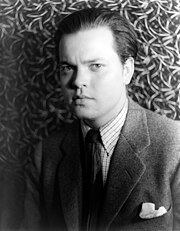
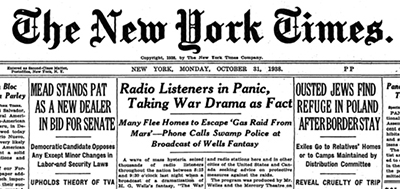








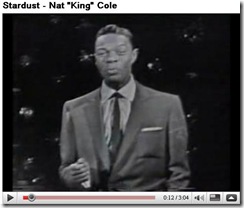










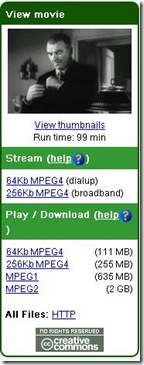
 (9 reviews)
(9 reviews) (5 reviews)
(5 reviews) (6 reviews)
(6 reviews)
